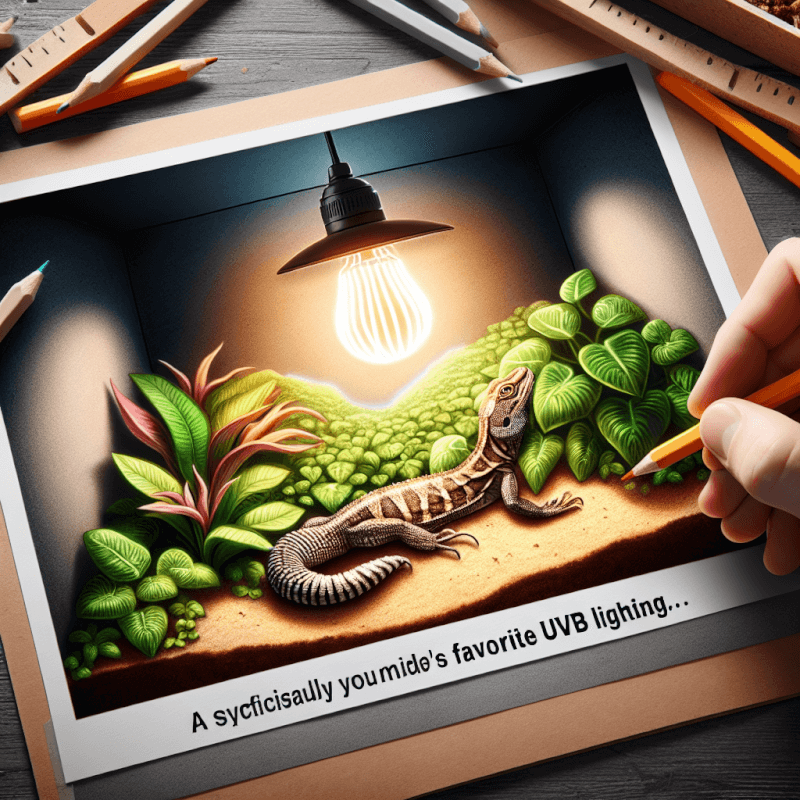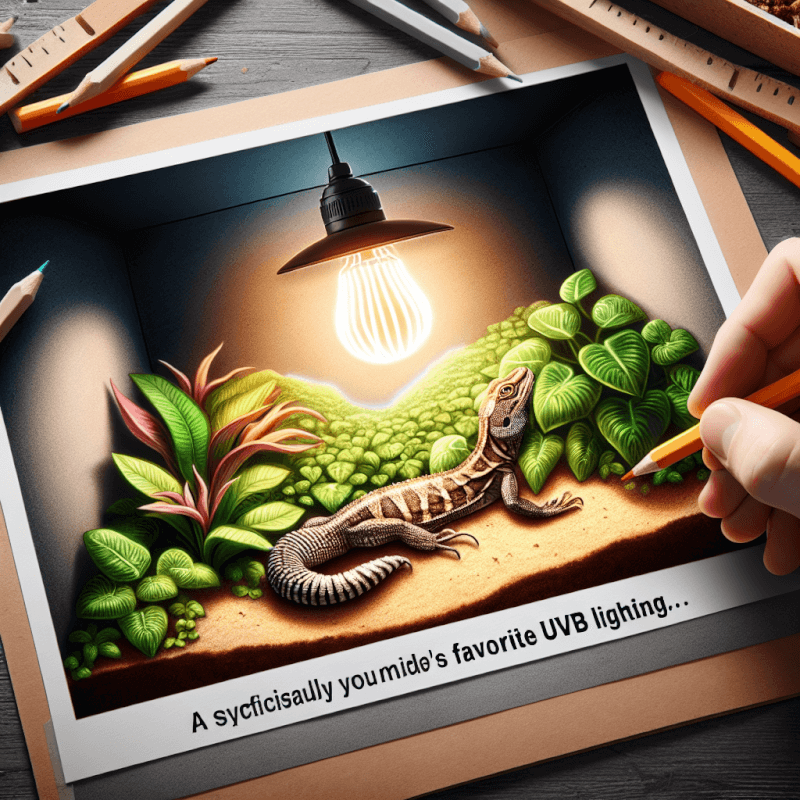If you’re a proud reptile owner, one of the most important aspects of their care is providing the right UVB lighting. But with so many options available, it can be overwhelming to figure out what exactly your scaly friend needs. Don’t worry, we’ve got you covered. In this article, we’ll explore the different factors to consider when choosing UVB lighting for your reptile and provide some helpful tips to ensure your reptile receives the proper amount of UVB rays for optimal health. So let’s shed some light on this important topic!
Choosing the right UVB lighting for your reptile
Understanding the importance of UVB lighting for reptiles
When it comes to keeping reptiles as pets, providing the right UVB lighting is crucial for their overall health and well-being. UVB lighting plays a vital role in reptiles’ lives as it helps them metabolize calcium, regulate their immune system, and maintain proper overall development. Without proper exposure to UVB light, reptiles can suffer from various health issues, including metabolic bone disease and weakened immune systems. Therefore, it is essential to understand the significance of UVB lighting and ensure that your reptile receives the appropriate amount.
Determining the specific UVB requirements of your reptile
Different reptile species have different UVB requirements. Some reptiles, like bearded dragons and certain types of tortoises, require high levels of UVB light, while others may require lower levels. It’s crucial to research your specific reptile species to determine their specific UVB needs. This information can typically be found through reputable reptile care guides, online forums, or by consulting with a reptile veterinarian. Understanding your reptile’s specific UVB requirements will help you provide the most suitable lighting for their needs.
Types of UVB bulbs available
There are various types of UVB bulbs available in the market, each having its own advantages and disadvantages. The two most common types of UVB bulbs are fluorescent and mercury vapor bulbs. Fluorescent bulbs are a popular choice for reptile owners as they are energy-efficient, have a wide range of sizes, and emit UVB light suitable for most reptile species. On the other hand, mercury vapor bulbs are more powerful and emit both UVB and UVA light. They are ideal for larger enclosures or reptiles that require higher UVB levels. You must consider the specific needs of your reptile when selecting the type of UVB bulb to ensure it meets their requirements.
Understanding UVB intensity and distance
Understanding the UV Index
UVB intensity is measured using the UV Index, which provides a scale ranging from 0 to 11+. The UV Index indicates the strength of UVB radiation in a particular area. It’s important to understand the UV Index in your geographical location, as it affects the exposure time your reptile needs. Reptiles require appropriate levels of UVB exposure, but excessive exposure can also lead to health issues. Monitoring the UV Index regularly will help you determine the ideal exposure time for your reptile.
Determining the appropriate distance between the reptile and the UVB bulb
The distance between your reptile and the UVB bulb is also crucial for their health. Different UVB bulbs have varying optimal distances, which should be followed to ensure proper exposure. Placing the UVB bulb too close to your reptile could lead to burns or excessive UVB exposure, while placing it too far might not provide enough UVB radiation. It is essential to read the manufacturer’s guidelines or consult with a reptile expert to determine the appropriate distance for your specific UVB bulb and reptile species.
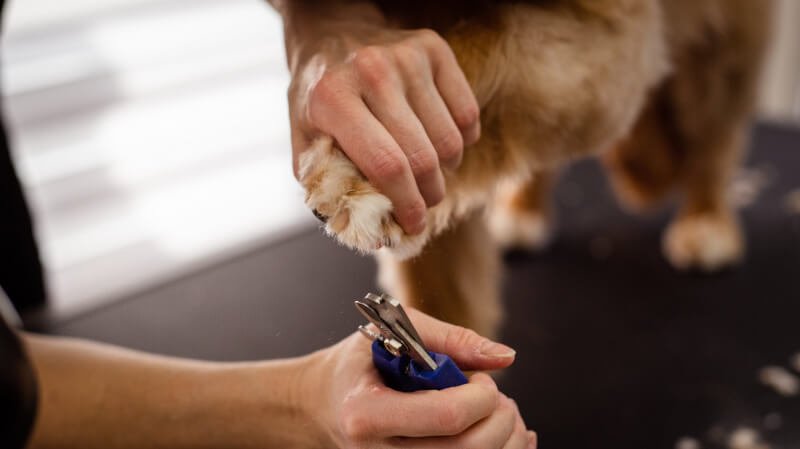
Setting up the UVB lighting in the enclosure
Positioning the UVB bulb in the enclosure
Proper positioning of the UVB bulb within the enclosure is essential to maximize UVB exposure for your reptile. Ideally, the UVB bulb should be placed inside the enclosure, suspended above a basking spot or a branch. This placement mimics the natural basking behavior of reptiles, allowing them to absorb UVB light while thermoregulating. Avoid placing any materials, such as glass or plastic, between the UVB bulb and your reptile, as these materials can block or filter out UVB radiation.
Providing a basking spot
In addition to the UVB lighting, it is essential to provide your reptile with a warm basking spot. This allows them to regulate their body temperature and further optimize the absorption of UVB light. Creating a basking spot can be achieved by using a heat lamp or a ceramic heater placed in one corner of the enclosure. Monitor the temperature regularly to ensure it remains within the suitable range for your reptile species.
Monitoring and replacing UVB bulbs
Monitoring the UVB output regularly
UVB bulbs degrade over time, so it’s crucial to monitor their output regularly. UVB meters or radiometers can help measure the UVB intensity emitted by the bulb. Ideally, you should check the UVB output every three to six months to ensure it remains within the appropriate range for your reptile species. Regular monitoring will help you identify if the bulb needs to be replaced or the distance adjusted.
Knowing when to replace UVB bulbs
The lifespan of UVB bulbs varies depending on the type and brand. Most fluorescent UVB bulbs should be replaced every 6-12 months, while mercury vapor bulbs may last up to 12-18 months. However, it’s important not to rely solely on the lifespan recommendations as the UVB output diminishes gradually over time. If the UVB output falls below the recommended range, it’s time to replace the bulb. Always refer to the manufacturer’s guidelines and consult with experts to determine the appropriate replacement schedule.

Factors affecting UVB exposure
UVB absorption through different materials
The type of material that UVB radiation passes through can affect the exposure your reptile receives. Glass and plastic materials significantly reduce UVB penetration. If your enclosure has glass or plastic panels, it is crucial to ensure that the UVB bulb is placed inside the enclosure to provide direct exposure to your reptile. Additionally, regularly cleaning the enclosure walls and panels will help prevent any buildup of dust or grime that could further block UVB radiation.
The effect of enclosure size on UVB exposure
The size of the enclosure also plays a role in the UVB exposure received by your reptile. Larger enclosures might require multiple UVB bulbs strategically placed to provide adequate coverage. It’s important to consider the dimensions and layout of the enclosure, ensuring that all areas have access to proper UVB lighting. If you have a multilevel enclosure, provide UVB bulbs on each level to ensure every area is adequately exposed.
Supplementing with additional UVB
Using UVB supplements for reptiles with specific needs
In some cases, reptiles may have specific UVB requirements due to their natural habitat or health conditions. If your reptile species requires a higher level of UVB exposure than what is achievable through typical UVB bulbs, you may need to consider UVB supplements. These supplements can be in the form of additional UVB lighting fixtures or specialized UVB bulbs designed to emit higher UVB levels. However, it is essential to consult with a reptile veterinarian before making any changes to the UVB setup for your reptile to ensure their specific needs are met.
Understanding the risks and limitations of supplementation
While UVB supplementation can be beneficial in certain situations, it is important to be aware of the risks and limitations. Excessive UVB exposure can be harmful to your reptile, leading to issues such as skin burns, eye damage, or stress. It is crucial to carefully monitor your reptile’s behavior and overall health when implementing UVB supplementation. Regular check-ups with a reptile veterinarian can help ensure that the supplementation is safe and not causing any adverse effects.
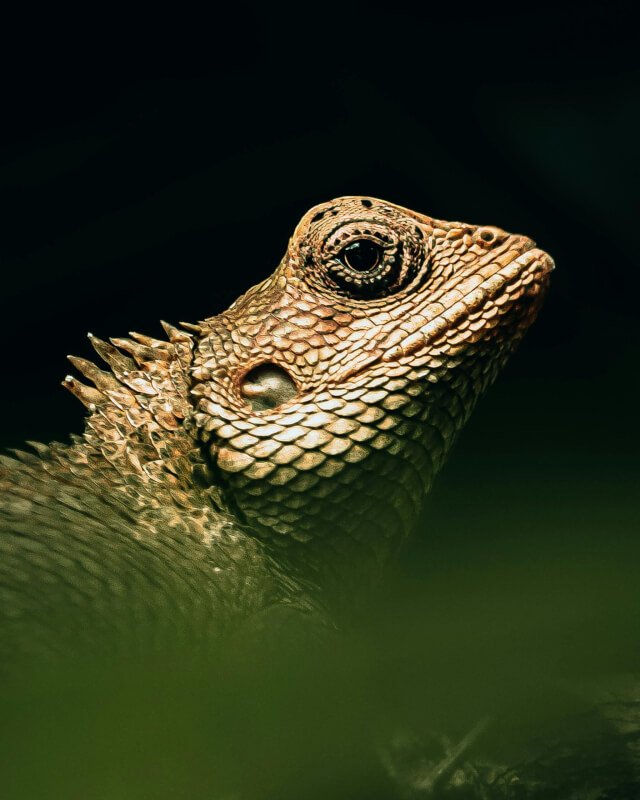
Common mistakes when providing UVB lighting
Using the wrong type of UVB bulb
One common mistake reptile owners make is using the wrong type of UVB bulb for their reptile species. Each species has specific UVB requirements, and using the wrong type of bulb may result in inadequate UVB exposure. It’s essential to do thorough research or seek professional advice to determine the appropriate UVB bulb for your reptile.
Placing the UVB bulb too far or too close to the reptile
Incorrect placement of the UVB bulb can also affect the exposure your reptile receives. Placing the bulb too far will result in insufficient UVB exposure, while placing it too close can lead to burns or excessive exposure. Always follow the manufacturer’s guidelines or consult with a reptile expert to ensure the UVB bulb is placed at the correct distance from your reptile.
Understanding the risks of UVB exposure
Potential health problems caused by inadequate UVB exposure
Inadequate UVB exposure can have severe health consequences for reptiles. One common issue is metabolic bone disease, which affects the reptile’s ability to absorb calcium properly, leading to weakened bones and, in severe cases, deformities. Another potential problem is a weakened immune system, making reptiles more susceptible to infections and diseases. It is essential to provide the appropriate UVB lighting to prevent these health issues and support your reptile’s overall well-being.
Recognizing signs of UVB deficiency
Recognizing the signs of UVB deficiency in reptiles is crucial to address any potential issues promptly. Symptoms of UVB deficiency may include soft or malformed shells, tremors or twitching, lack of appetite, lethargy, and skin discoloration. If you notice any of these signs in your reptile, it is important to consult with a reptile veterinarian to determine the cause and appropriate treatment.
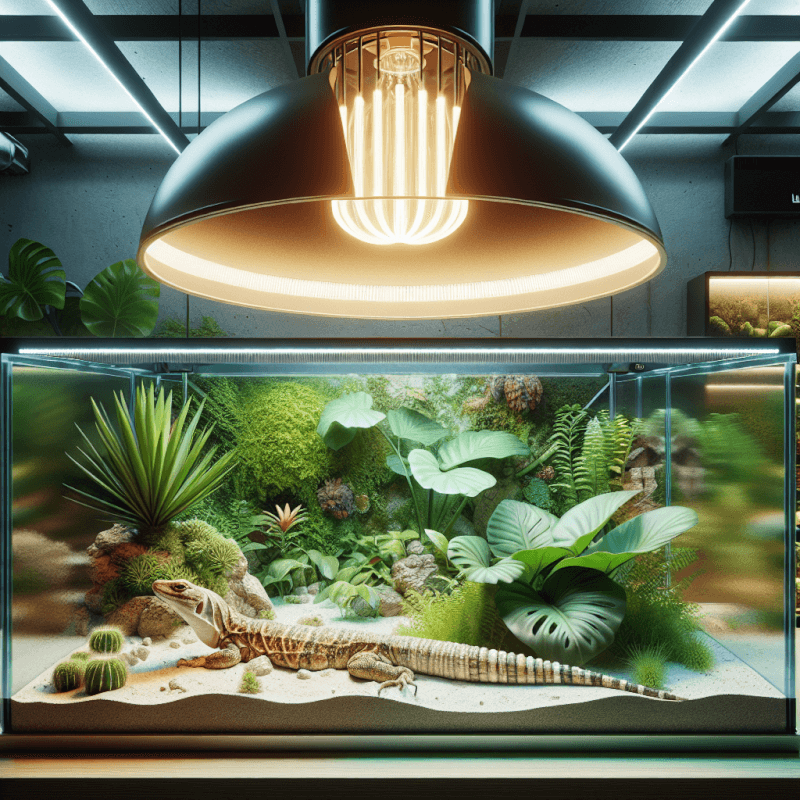
Consulting with a reptile veterinarian
Seeking professional advice for specific reptile species
When it comes to providing the right UVB lighting for your reptile, consulting with a reptile veterinarian is highly recommended. Reptile veterinarians are experts in reptile care and can provide valuable advice specific to your reptile species. They can help assess your current setup, recommend the appropriate UVB bulb, and provide guidance on placement and maintenance. Regular check-ups with a reptile veterinarian will ensure that your reptile’s UVB needs are met and any potential issues are addressed promptly.
Understanding the importance of regular check-ups
Regular check-ups with a reptile veterinarian should not be overlooked. These check-ups allow the veterinarian to assess your reptile’s overall health and ensure that the UVB setup is providing the necessary exposure. They can also identify any potential health issues that may arise from inadequate UVB lighting or other factors. Remember, prevention is always better than cure when it comes to your reptile’s well-being.
Conclusion
Providing the right UVB lighting for your reptile is essential for their overall health and well-being. Understanding the importance of UVB lighting, determining your reptile’s specific UVB requirements, and selecting the appropriate UVB bulb are crucial steps in ensuring their adequate exposure. Properly positioning the UVB bulb within the enclosure, monitoring its output, and regularly replacing it are necessary for maintaining optimal UVB radiation. Consideration of factors such as material absorption and enclosure size further enhances the UV exposure for your reptile. Supplementing with additional UVB may be necessary in some cases, but it should be done under professional guidance. Avoiding common mistakes and understanding the risks of UVB exposure are essential to prevent potential health problems. Regular check-ups with a reptile veterinarian play a crucial role in ensuring that your reptile is receiving proper UVB lighting and maintaining good health. By following these guidelines and seeking professional advice, you can provide your reptile with the right UVB lighting to thrive in their environment.
